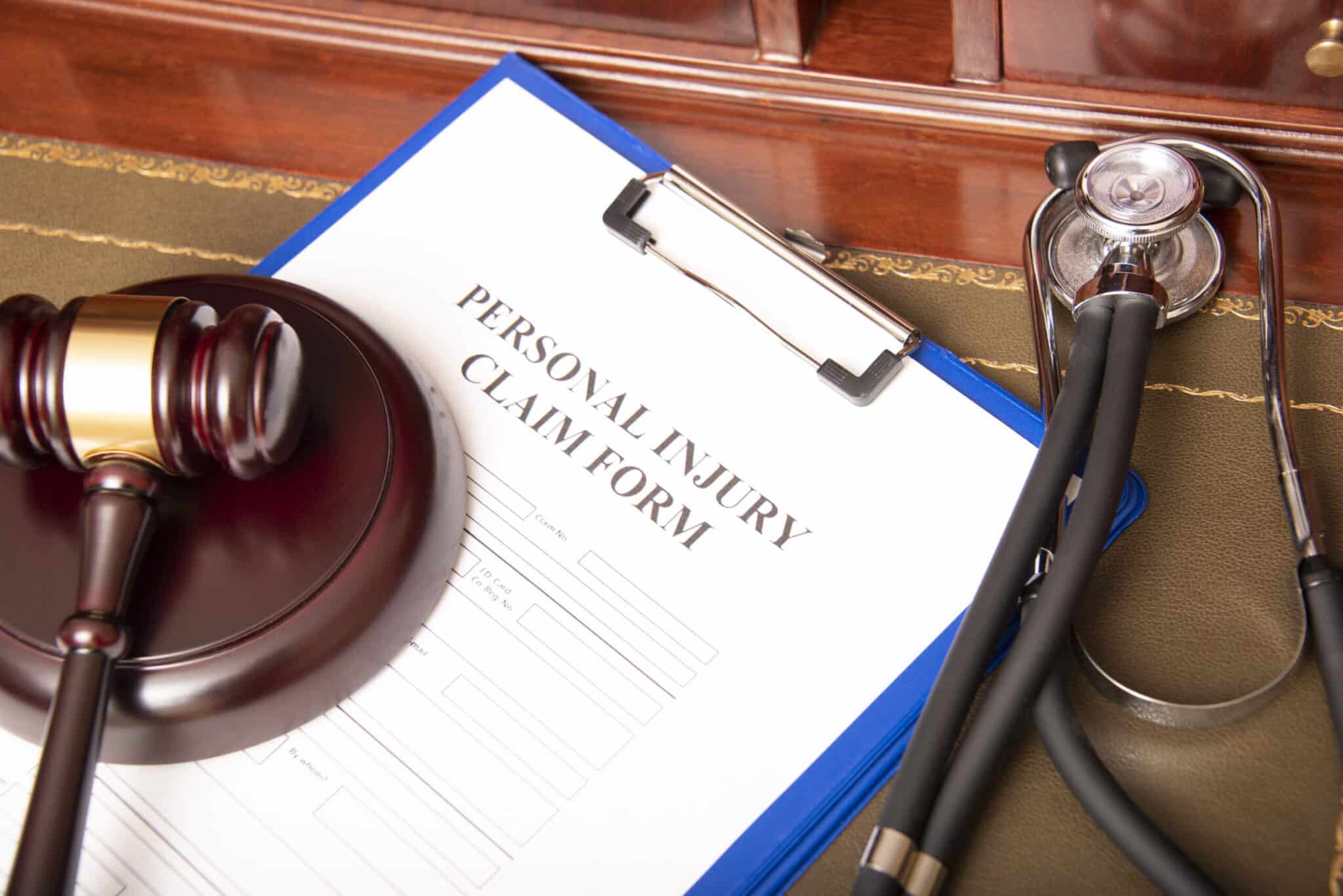
Explore the pathways to securing the financial support you need for medical bills through alternative dispute resolution in personal injury cases.

Understanding Different ADR Methods in Personal Injury Cases
When faced with a personal injury, understanding the spectrum of Alternative Dispute Resolution (ADR) methods available can be crucial in efficiently resolving disputes outside the courtroom. ADR encompasses a variety of techniques, including mediation, arbitration, collaborative negotiation, restorative justice, and settlement conferences, each offering distinct advantages and processes tailored to different circumstances.
The choice of ADR method can significantly influence the speed, cost, and confidentiality of the resolution process. Mediation and collaborative negotiations offer more control to the parties involved, whereas arbitration resembles a court proceeding with a binding decision made by the arbitrator. Restorative justice focuses on healing and restitution, and settlement conferences aim to reach a resolution with the help of a neutral third party.
Mediation vs. Arbitration: Choosing the Right Approach for Your Claim
Mediation and arbitration are two prominent ADR methods, each with its own merits in personal injury claims. Mediation involves a neutral mediator who facilitates dialogue between the disputing parties to reach a mutually acceptable agreement. It is non-binding and allows for greater flexibility and preservation of relationships.
Arbitration, on the other hand, entrusts a neutral arbitrator with the power to decide the case after hearing arguments and evidence. It is typically binding, more formal than mediation, and can be faster than traditional litigation. Choosing between mediation and arbitration depends on the specifics of the case, the desired level of control, and the willingness of parties to comply with a potentially binding decision.
The Role of Collaborative Negotiations in Settling Injury Claims
Collaborative negotiation is a cooperative approach to resolving personal injury claims where both parties and their attorneys engage in a structured negotiation process. This method prioritizes open communication and problem-solving to reach a settlement that satisfies all parties involved.
The success of collaborative negotiations relies on the willingness of both parties to share information transparently and work together towards a common goal. This approach can reduce animosity, save time and resources, and often results in a settlement that better aligns with the interests of both the injured party and the insurer.
Exploring Restorative Justice in the Context of Personal Injury
Restorative justice is a unique approach within the field of personal injury that emphasizes the repair of harm and the rehabilitation of both the victim and the offender. It involves direct or indirect communication between the injured party and the one responsible for the injury, often leading to a deeper understanding and resolution that addresses the emotional and physical impact of the injury.
While not commonly used for all personal injury cases, restorative justice can be particularly effective in situations where there is a desire for acknowledgment of harm, an apology, or a sense of closure beyond financial compensation.
Maximizing Outcomes through Settlement Conferences
Settlement conferences serve as a critical component of the ADR toolkit in personal injury cases. These conferences involve a meeting between the parties, their attorneys, and sometimes a neutral third party or judge, with the objective of negotiating a settlement before going to trial.
Such conferences provide an opportunity for each side to present their case in a less formal environment, which can lead to creative solutions that may not be available in a courtroom setting. By engaging in settlement conferences, parties can often save time and resources while reaching a resolution that is acceptable to both sides, ultimately maximizing the outcome for the injured party.




